-
Features
Italy’s Garden of Monsters
Why did a Renaissance duke fill his wooded park with gargantuan stone sculptures?
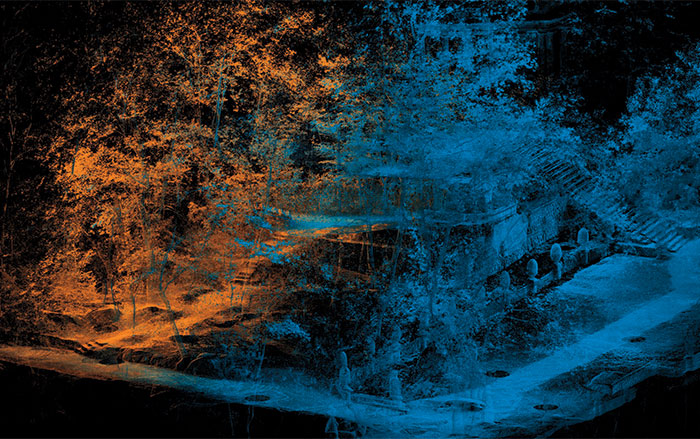 Courtesy Cosimo Monteleone, Rachele Bernardello, and Paolo Borin
Courtesy Cosimo Monteleone, Rachele Bernardello, and Paolo Borin -
Features
Setting Sail for Valhalla
Vikings staged elaborate spectacles to usher their rulers into the afterlife
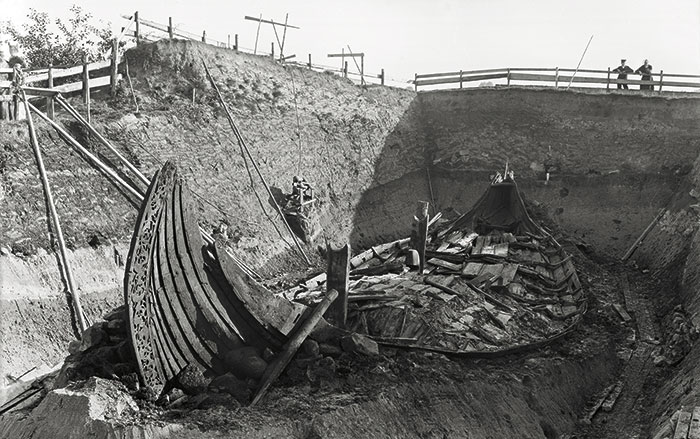 Museum of the Viking Age, University of Oslo
Museum of the Viking Age, University of Oslo -
Features
Lost City of the Samurai
Archaeologists rediscover Ichijodani, a formidable stronghold that flourished amid medieval Japan’s brutal power struggles
 Tohan Aerial Photographic Service/AFLO
Tohan Aerial Photographic Service/AFLO -
Features
A Passion for Fruit
Exploring the surprisingly rich archaeological record of berries, melons…and more
 © BnF, Dist. RMN-Grand Palais/Art Resource, NY
© BnF, Dist. RMN-Grand Palais/Art Resource, NY
Trending Articles
-
Digs & Discoveries November/December 2019
Egypt's Temple Town
 (Christoph Gerigk ©️ Franck Goddio/Hilti Foundation, franckgoddio.org)
(Christoph Gerigk ©️ Franck Goddio/Hilti Foundation, franckgoddio.org) -
Features July/August 2025
Italy’s Garden of Monsters
Why did a Renaissance duke fill his wooded park with gargantuan stone sculptures?
 Courtesy Cosimo Monteleone, Rachele Bernardello, and Paolo Borin
Courtesy Cosimo Monteleone, Rachele Bernardello, and Paolo Borin -
Features July/August 2025
Setting Sail for Valhalla
Vikings staged elaborate spectacles to usher their rulers into the afterlife
 Museum of the Viking Age, University of Oslo
Museum of the Viking Age, University of Oslo
-
Features May/June 2023
Peru's Great Urban Experiment
A millennium ago, the Chimú built a new way of life in the vast city of Chan Chan
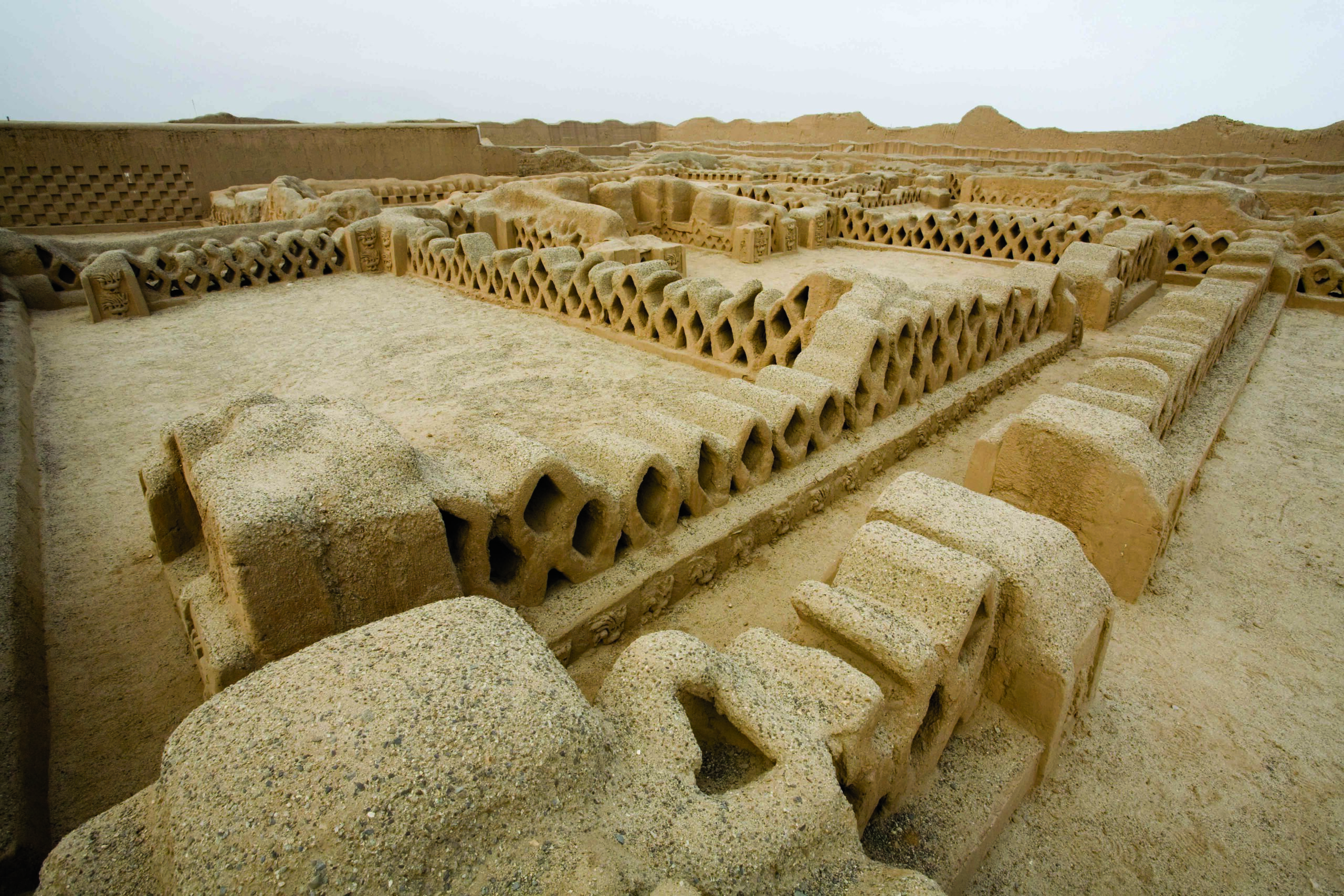 (Alamy)
(Alamy)
-
Features January/February 2019
A Dark Age Beacon
Long shrouded in Arthurian lore, an island off the coast of Cornwall may have been the remote stronghold of early British kings
 (Skyscan Photolibrary/Alamy Stock Photo)
(Skyscan Photolibrary/Alamy Stock Photo) -
Features May/June 2021
Last Stand of the Hunter-Gatherers?
The 11,000-year-old stone circles of Göbekli Tepe in modern Turkey may have been monuments to a vanishing way of life
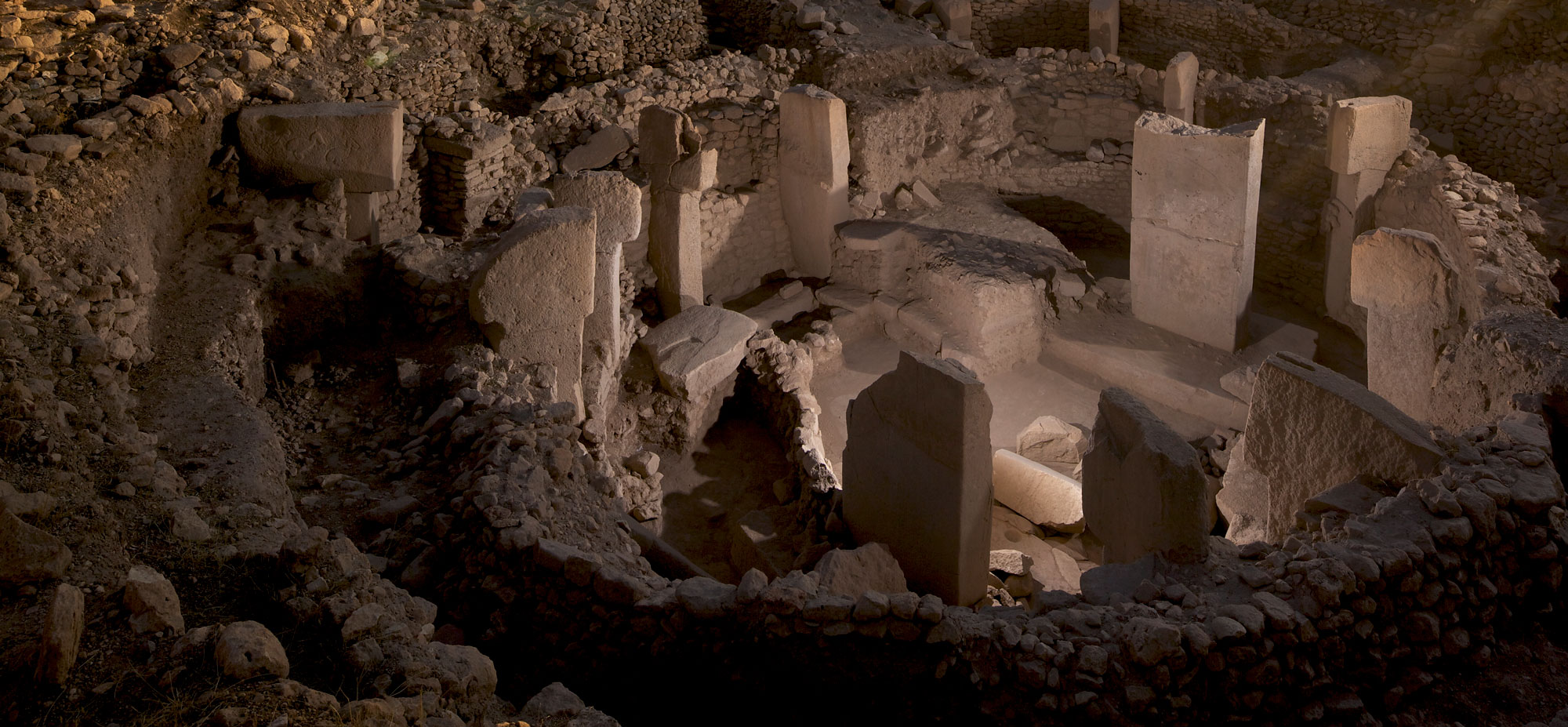 (Vincent J. Musi)
(Vincent J. Musi) -
Features November/December 2021
Ghost Tracks of White Sands
Scientists are uncovering fossilized footprints in the New Mexico desert that show how humans and Ice Age animals shared the landscape
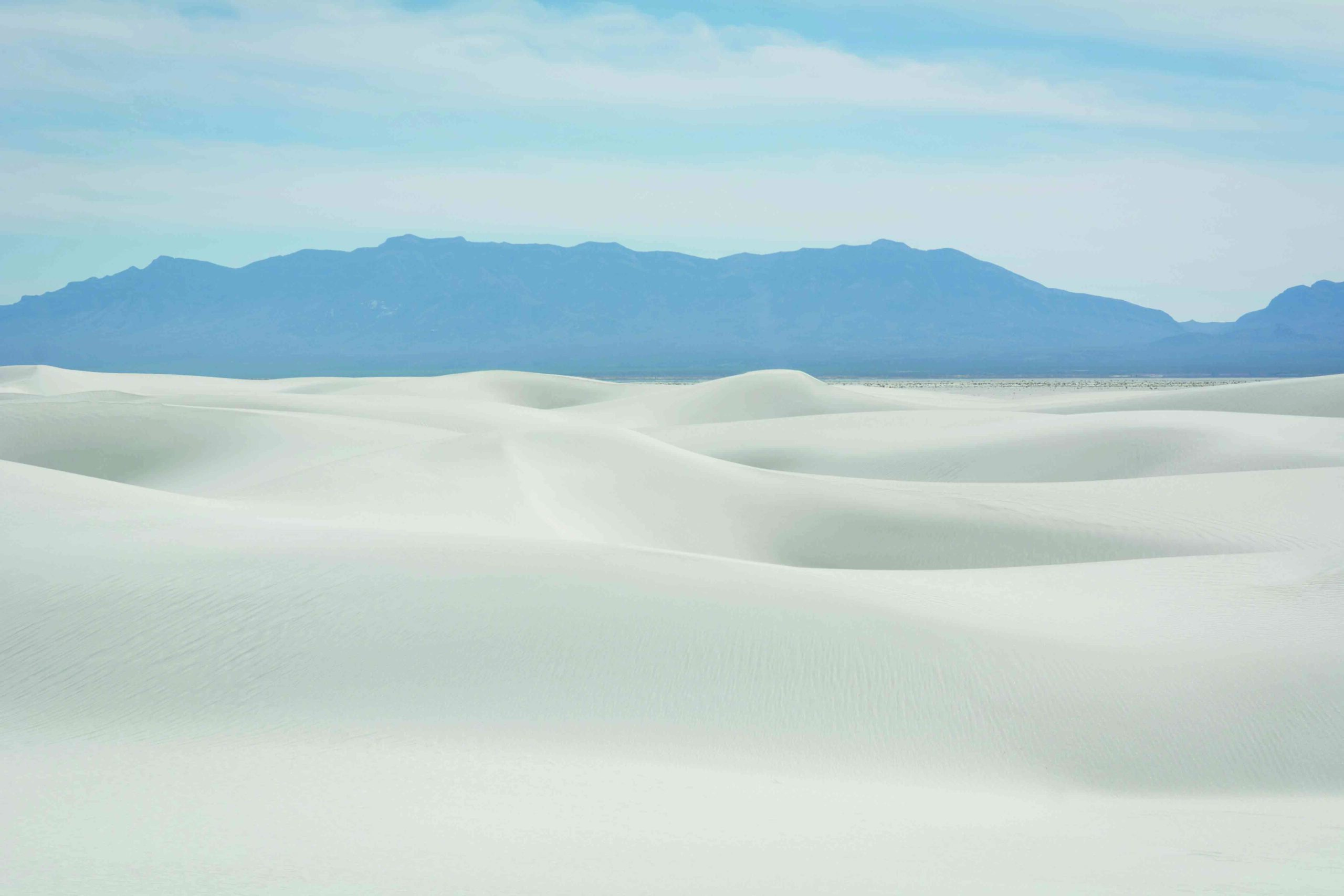 (Jerry Redfern)
(Jerry Redfern) -
Letter From Scotland September/October 2021
Land of the Picts
New excavations reveal the truth behind the legend of these fearsome northern warriors
 (Courtesy The Northern Picts Project)
(Courtesy The Northern Picts Project)
Around the World
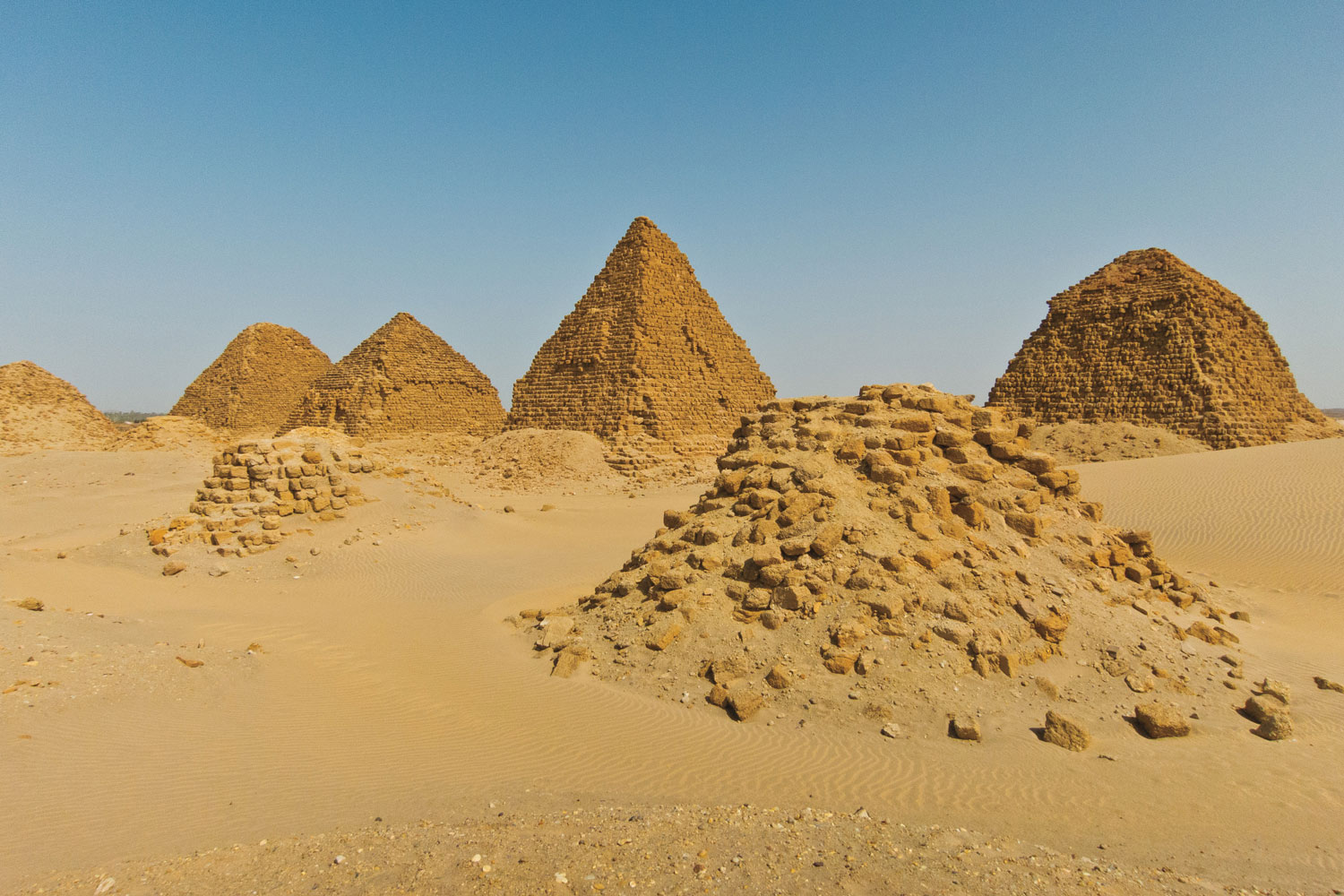
SUDAN
Ancient Egyptians built hundreds of pyramids over the millennia. These monumental structures were exclusively reserved for royal burials—or so scholars have long believed. Recent excavations in the pyramids at the site of Tombos, an Egyptian colony in ancient Nubia, revealed several skeletons interred between 1400 and 650 b.c. The remains of some individuals showed signs of wear and tear likely caused by a lifetime of manual labor. This is hardly a sign of noble birth, suggesting that the Tombos pyramids had a less restrictive entrance policy than previously thought.
Related Content

SICILY
Mental gymnastics were emphasized just as much as physical exercise in the ancient Greek colony of Agrigento. The 1st-century b.c. gymnasium at the site contains ample space for workouts, training, and other athletic activities. Recent excavations uncovered a semicircular roofed classroom, the 1st of its kind ever found in a gymnasium complex. Teachers and students would have used this space to hold classes, practice rhetoric, and stage plays as well as intellectual competitions.
Related Content

CAMBODIA
The torso of a rare type of Buddha statue was unearthed at Ta Prohm, a monastery built by the Khmer king Jayavarman VII in the late 12th to early 13th century. The sculpture stands about 4 feet tall, is heavily adorned with jewelry, and wears a robe and a veil. The Buddha is depicted with his left arm placed across his chest, a previously unknown position in Khmer statuary. Archaeologists were able to reunite the figure with its head, which was found in 1927.










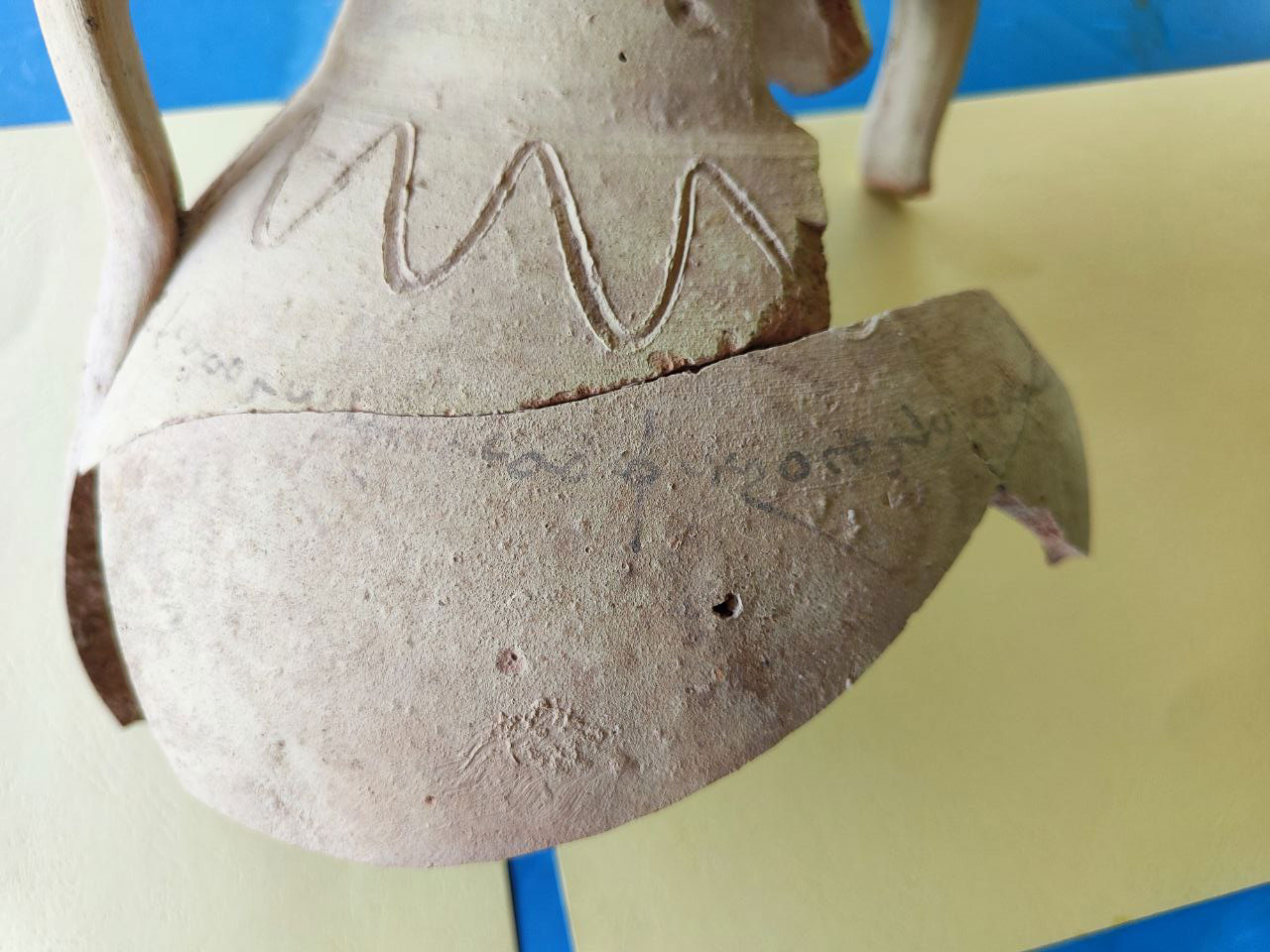

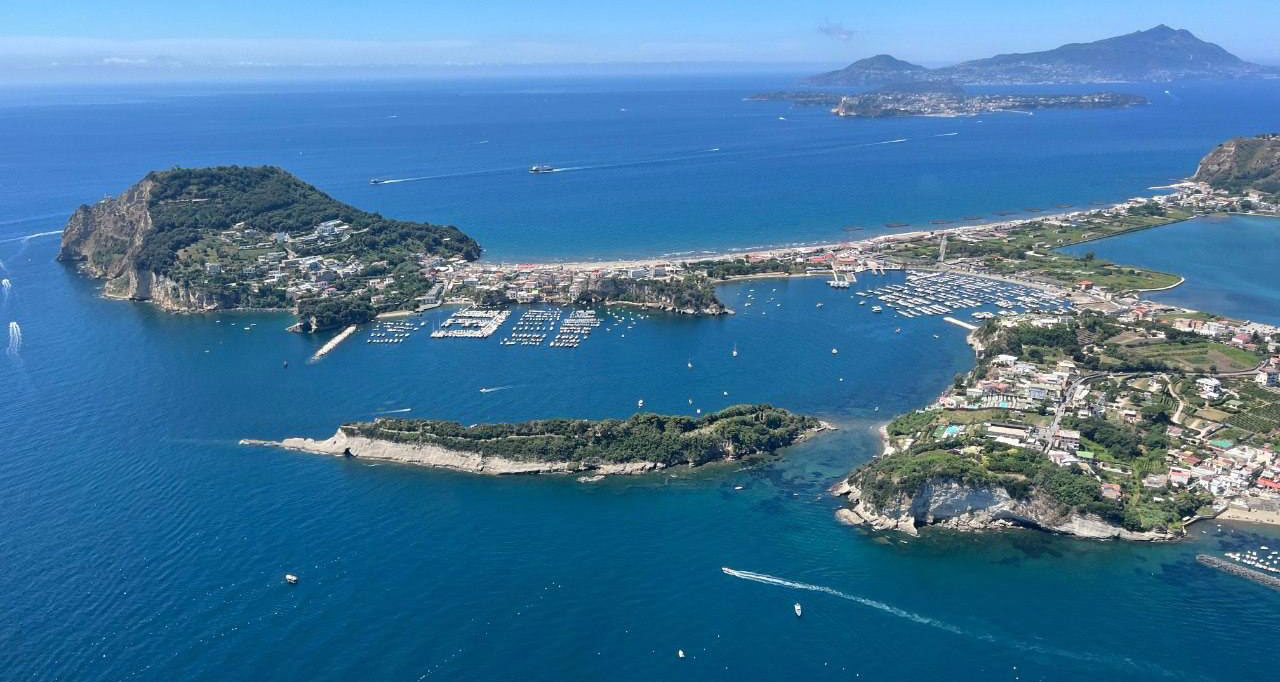


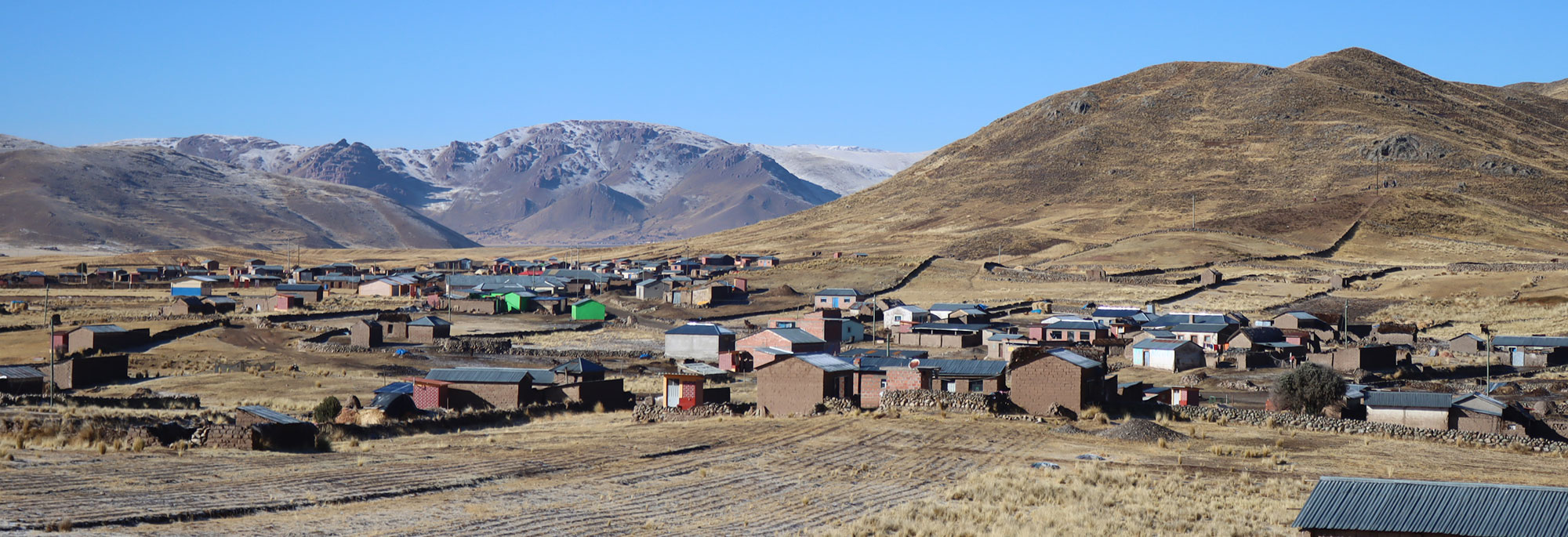
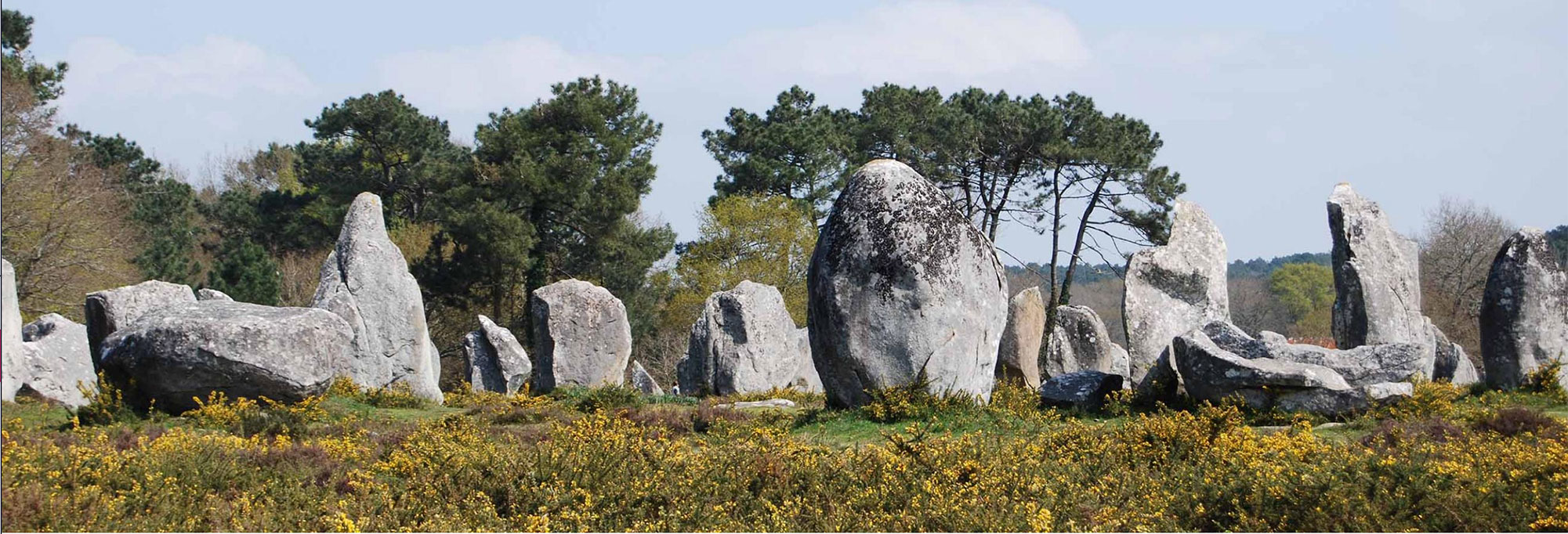
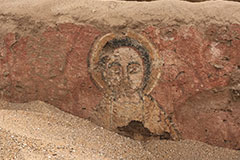


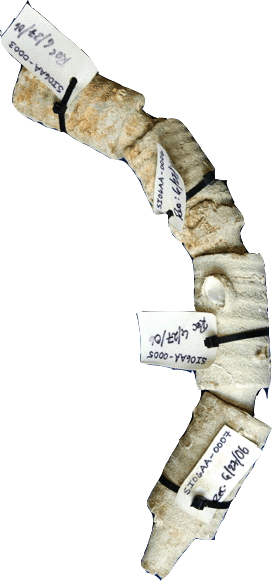



 A.D. 98–117) was uncovered beneath Rome’s Via Alessandrina, where the statue head was embedded in a layer of medieval brick and mortar, suggesting that it had been reused centuries after the fall of Rome.
archaeology.org/news/2025/06/26/colossal-marble-head-excavated-in-roman-street/
(Comune di Roma)" aria-hidden="true">
A.D. 98–117) was uncovered beneath Rome’s Via Alessandrina, where the statue head was embedded in a layer of medieval brick and mortar, suggesting that it had been reused centuries after the fall of Rome.
archaeology.org/news/2025/06/26/colossal-marble-head-excavated-in-roman-street/
(Comune di Roma)" aria-hidden="true">